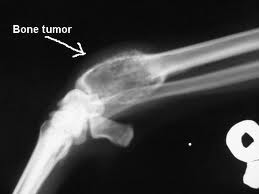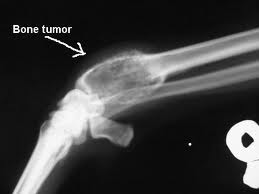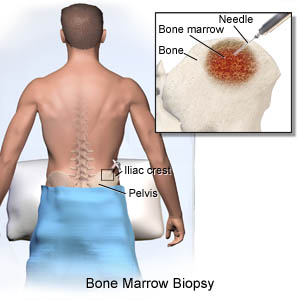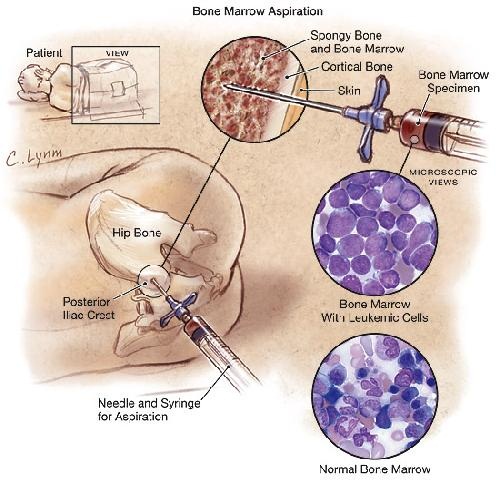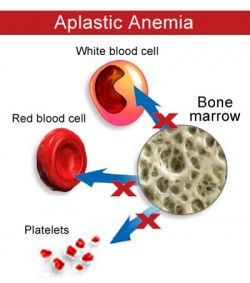In addition to bone cancer, there are various types of benign bone tumors. These include osteoid osteoma, osteoblastoma, osteochondroma, enchondroma, chondromyxoid fibroma, aneurysmal bone cyst, unicameral bone cyst, and giant cell tumor (which has the potential to become malignant). As with other types of benign tumors, these are not cancerous. Continue reading
